Liverpool chief executive Ian Ayre has provided more details on the proposed expansion of the Anfield Road End at Anfield, claiming that it is “not a smart investment for the business.”
Liverpool announced plans for the expansion of Anfield in April 2014, with two phases detailed. The first one, the expansion of the Main Stand, will be complete in January next year, while the second phase, expansion of the Anfield Road End, has outline planning permission but no timeline set.
Already though, FSG have been making noises suggesting they will not go ahead with phase two, which would take Anfield’s capacity to around 58,8000 and add 6,000 general admission (eg. no hospitality) seats.
Speaking at the latest supporters committee meeting, Ayre explained that: “A stand behind a goal doesn’t have the benefit of hospitality that would go a long way to meet the redevelopment costs.
“If you consider the redevelopment of Anfield Road from a purely General Admission perspective, building, say, 6,000 extra seats to take the capacity up to 60,000 would cost somewhere between £60m and £70m.
“At £12,000 to £13,000 per seat, it would take approximately 15 years to pay back, which is not a smart investment for the business. Therefore the Club needs to find a rounded solution that’s in the best interests of the football club.”
Quite why this is only just being spoken of is baffling, FSG knew the investment required when they announced the overall expansion two and a half years ago.
The ‘stand behind the goal’ was never planned to have hospitality seating, so why is this only now an issue for FSG?
The planning application for the Anfield Road End includes the option for eight apartments in the upper level of the stand, or alternatively commercial space.

While FSG have never fully committed to phase two, other than the proposed overall plan, they did make such assurances to outgoing chairman Martin Broughton upon purchasing the club six years ago this week.
“They [NESV] want to make sure they do the right thing on the stadium,” explained Broughton in October 2010.
“They have built stadiums and they have restored stadiums. They have not committed to which is the right thing.
“We will have a stadium of more than 60,000. We will get substantial stadium development.”
Speaking in New York last month, principal owner John Henry seemed to suggest that ticket prices being an “issue” puts Anfield Road expansion in doubt. “That may foreclose further expansion. We’ll have to see,” he said.
“This will be our legacy at Liverpool, resolving the stadium issue,” said chairman Werner in an interview with The Telegraph in June 2014.
“We did not want to make any promises that could not be delivered so we wanted a solution, but a solution was not as simple because of cost and time issues.
“We could have built a new stadium but we always felt the fans have an emotional attachment to Anfield, just like the Boston Red Sox with Fenway Park.”
It now appears FSG are backtracking on phase two, and their overall promise to deliver a 60,000 seater stadium one way or another.

The new Main Stand, which cost around £115 million to build, is expected to pay for itself within five years; boosting matchday revenue by £20 million per season, plus naming rights are being sold for between £5-7 million per season.
Ayre’s claim that the Anfield Road Stand will take 15 years to pay back doesn’t seem to take into account the potential apartments or commercial space.
Surely the cost of the two phases should be taken combined, rather than isolated as two separate business decisions, after all it was about providing a 60,000 seater stadium.
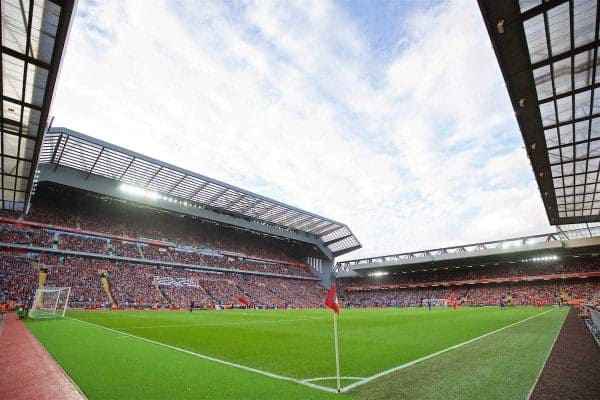



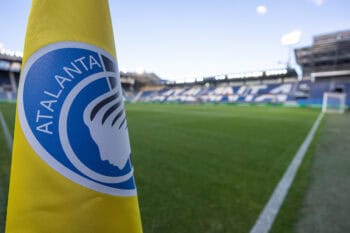
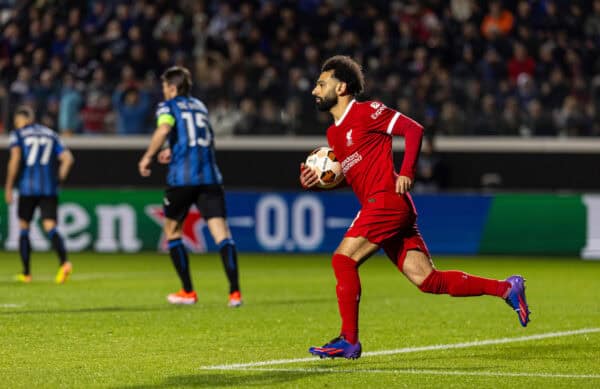
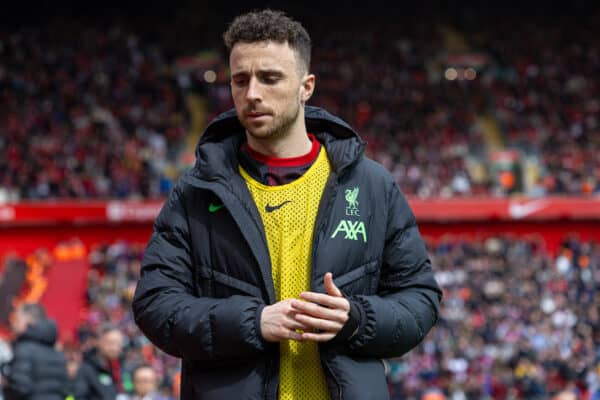

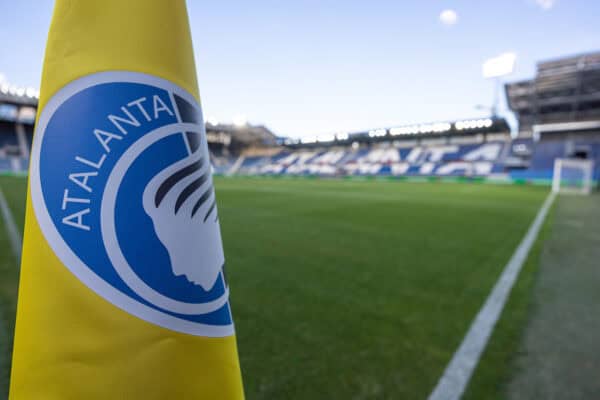


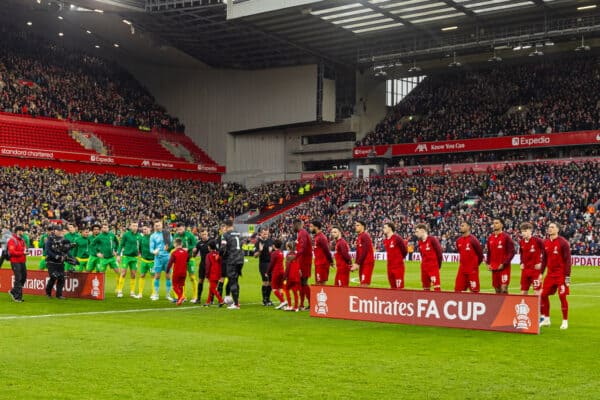
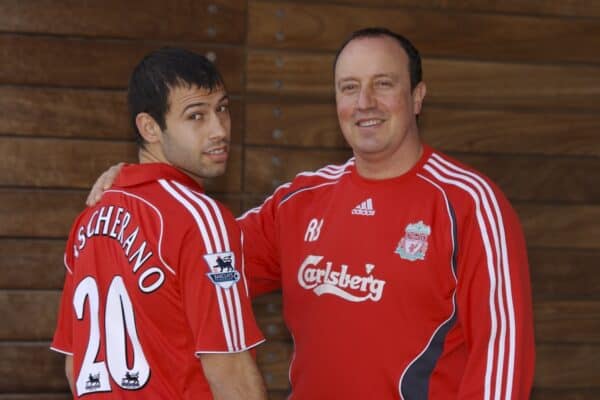




Fan Comments